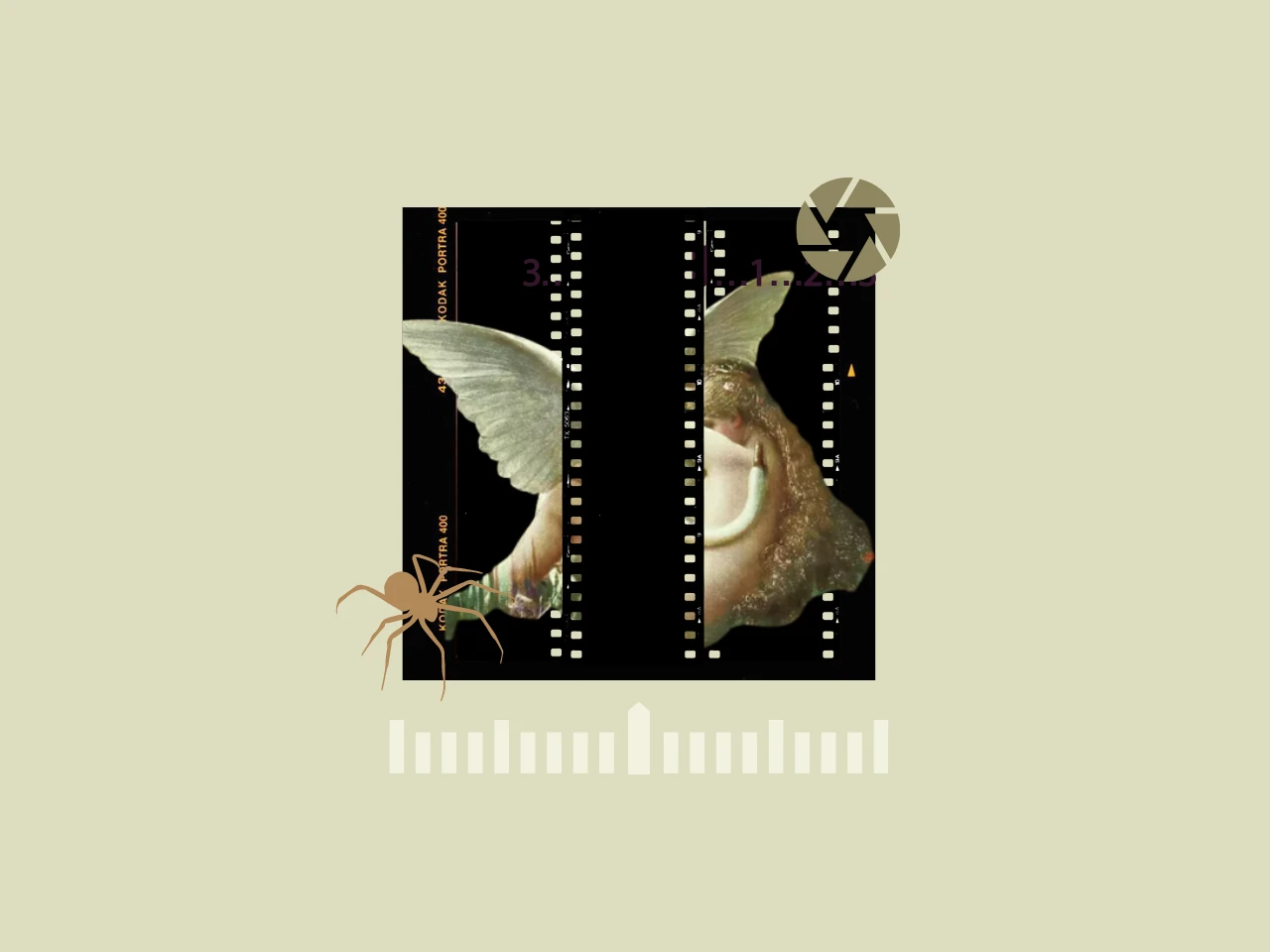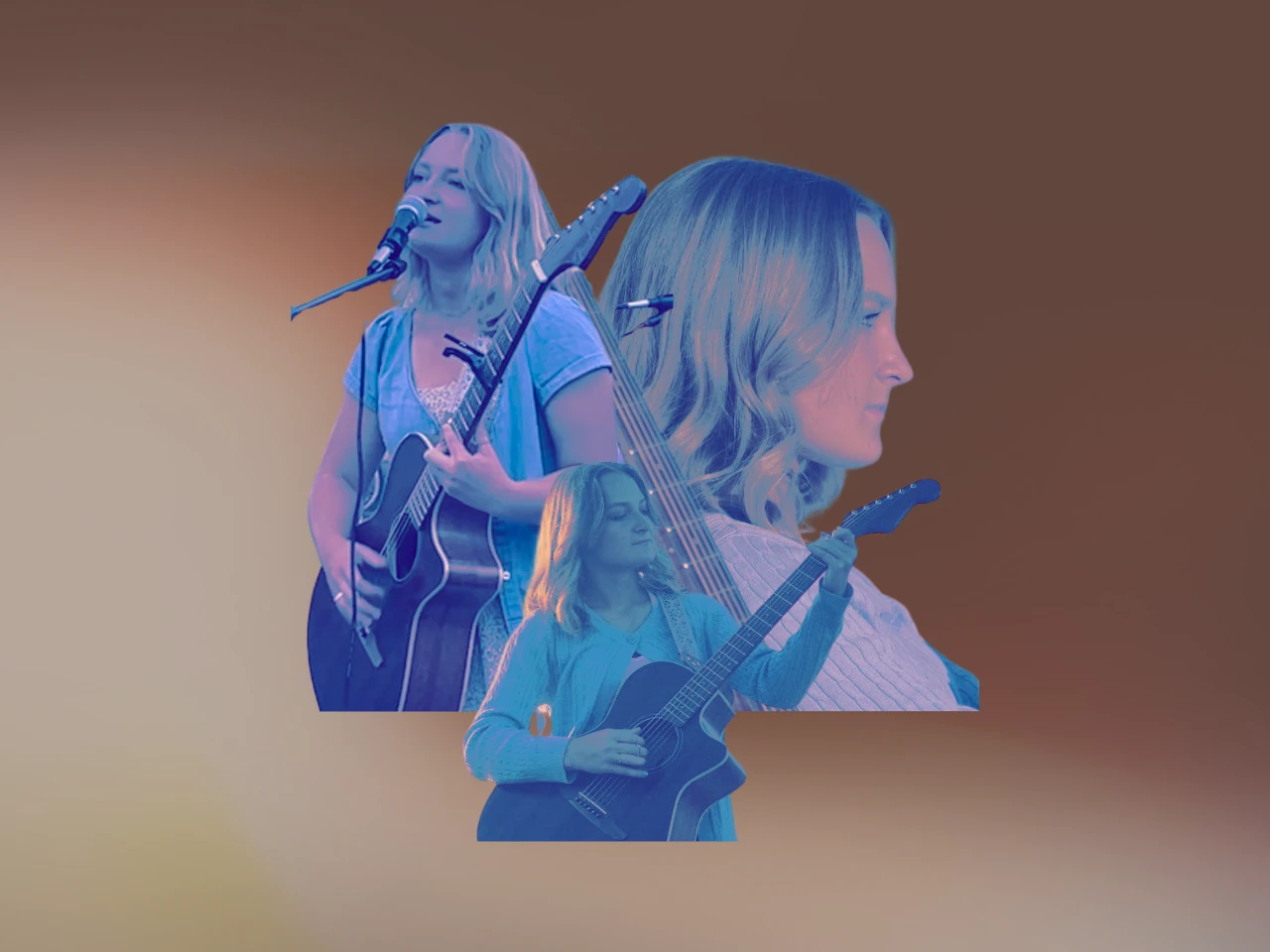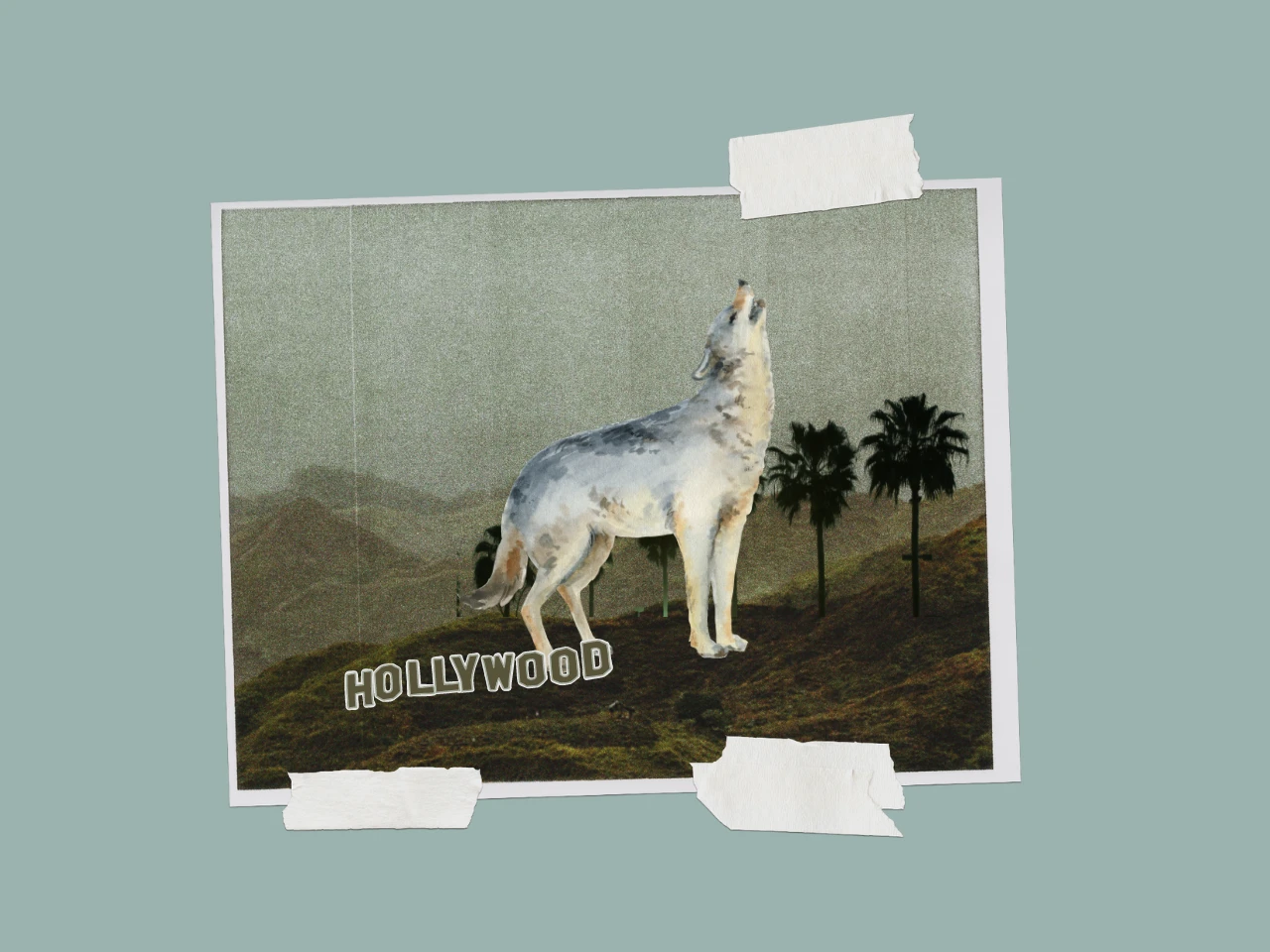My old cell phones were some of the first cameras I had, the very first being an orchid Motorola Razr with a 1.23 megapixel camera; it stopped working after a sixth grade mixer and threw me into a tailspin. I always took pictures no one understood, of the light streaming into the doctor’s office windows, of my friends and family doing nothing noteworthy besides existing, of negative space between walls and doors that often became so abstracted I didn’t remember where the photos had been captured.
I’m still not sure why I did it, but a high school friend described me as the friend with the obsession of documenting everything. It wasn’t wrong. I made breathtaking photographs in high school, of high beams on an iron bridge at night and Arizona’s Monument Valley at sunset, but it always felt better to make a portrait of a friend. Something about the intimacy of a familiar photograph healed something within me—whatever it was that tore open when I lost a close friend in a house fire at eleven, and later ruptured further in a relationship with my first abuser. While my artwork has always been somewhat of a healing process, it’s only now that I’m able to come to terms with how much of my memory I am missing from this time in my life, and I got there through writing. But we’re still talking about photography here.
Nan Goldin is familiar with photographing the things you want to keep. An influence of mine in many ways, she once talked about how one must only look at what a person photographs to see what they fear losing. Perhaps seeing photos in my archive that fill in the gaps in my memory is where my obsession with portraying states of mind stems from. Otherwise, sometimes it starts to feel like I have little left. As much as I want to let go of things that no longer serve me, I have forgotten so much I am afraid to forget. It wasn’t until I was almost an adult that I started to truly push my thinking beyond craft and into concept, and as such, it wasn’t until then that my emotions started to play a part in the photographs I was making. Most of the beautiful photographs I made before 2014 show me exactly what something looks like, but so few of them evoke what that time felt like. As such, I find myself forgetting the context to many of the images I’ve made and instead making associations with common obsessions in subjects and compositions.
Conversely, as I prepared to enter a BFA program, I also began a shift into conceptual work that saw me dive into another continued obsession, largely tackling what I categorized as strictly feminist issues at the time—I created a photographic narrative of Leda and the Swan that focused on Leda as a survivor of sexual violence as my senior capstone project, and then continued down a similar thematic track during my undergraduate study with projects about my interactions with body autonomy, dysmorphia, and objectification. The first in this wave of post-secondary projects came after I was sexually assaulted on campus my first semester and responded to the ways we quietly condone violence through objectifying language.
As time went on, my practice also started to seep into other disciplines, including writing, which had been one of my favorite hobbies long before I picked up a camera. I saw a way to bring writing and photography together—something I was desperately striving for in an environment that wanted rounded, standalone photographs or series on a wall—in the form of a photobook. This led to a prolific period of making late in my undergraduate career, where I created a variety of projects reflecting on my own dating experiences. One of the first books I made examined trauma through the lens of body dysmorphia and sexual anxiety. From here, it was ultimately the reintroduction of writing into my art practice that saw my lens shift away from myself and to my surroundings, as evidenced in the work I made after my graduation.
I continued to lean on the book form as a way to combine image and text with several explorations of stasis, dissociation, and trauma, which saw the camera turn away from me. My personal history of trauma greatly informs who I am as a creator. I was a lonely kid with a computer, a word processor, and access to Microsoft Paint. When I had nothing else to do, I knew there was art to be made or lyrics to be written. I’ve kept this pastime with me as my primary means of release during difficult periods in my life. While I currently work towards a writing degree in name, my practice is still truly interdisciplinary, and fits into my life in a way that I’ve described as alchemical.
This type of alchemy allows me to heal after a traumatic experience—by reflecting creatively on the experience, I allow it to take up less space within me, and make room for growth. It’s this sort of process that has allowed me to make significant strides in my recovery in recent years, including comfort in my body to the extent that I have been able to explore my gender identity and sexuality and come out as both agender and bisexual.
The newfound closeness I feel to myself in my practice has also led to a lot of changes, though. While I was primarily focused on self-portraiture before, I view myself somewhat differently after this many epiphanies. I don’t photograph myself like I used to. I still feel drawn to it sometimes, but not like I did before, when my body was a sacred subject for me. Constantly turning the lens on myself in my undergraduate years has given me the same kind of archive of self portraits that I have of high school snapshot memories, and I see the same kinds of obsessions come through in the work.
I think about where I’ve been since I made that significant quantity of self-portraits. In addition to freely embracing writing in my practice, I’ve also cleared space for a comfort with myself that wasn’t present before. I’d grown up in an environment that valued image over everything else, and self-portraiture had become a way to project my insecurities. Subconsciously, I felt that if I aired my dirty laundry in my work, it formed a barrier of sorts—because I was the first person to acknowledge these things, I closed up a space for others to criticize me for the same things. As I’ve slowly unlearned this habit, which I can only categorize as a trauma response, I’ve found that the self lives firmly in the written elements of my work.
Yes, I do think that perhaps what has made me turn the lens back outward is that I found words for the things I use to make pictures for, and now the pictures serve a different purpose. It’s almost like I’m building a world to exist alongside the written word with them now, a personal storyboard of sorts. But still, I don’t think of the images as lesser, or even separable from the text, and vice versa—the images and the text in my work are always meant to talk to each other, and this continued conversation is my new obsession, of sorts.
When I was young, I cared a great deal for Miss Spider. I didn’t learn to read until just shy of three years old, but before that, I could open my Miss Spider book and read aloud from memory. When I was fourteen or fifteen, I picked up a camera. There was a spider outside the kitchen window. It wasn’t my first photograph, but it’s the first I remember being proud of. I have snippets of memory only sometimes, but in them, I see a book, a story, a camera, and an obsession—and I accept that maybe my new quest is to create the universe of a project by any medium necessary.
nat raum (b. 1996) is a disabled artist, writer, and genderless disaster from Baltimore, MD. They’re the editor-in-chief of fifth wheel press, as well as the author of you stupid slut, the abyss is staring back, random access memory, and several chapbooks. Find them online: natraum.com/links.
Editorial Art by Dilara Sümbül



